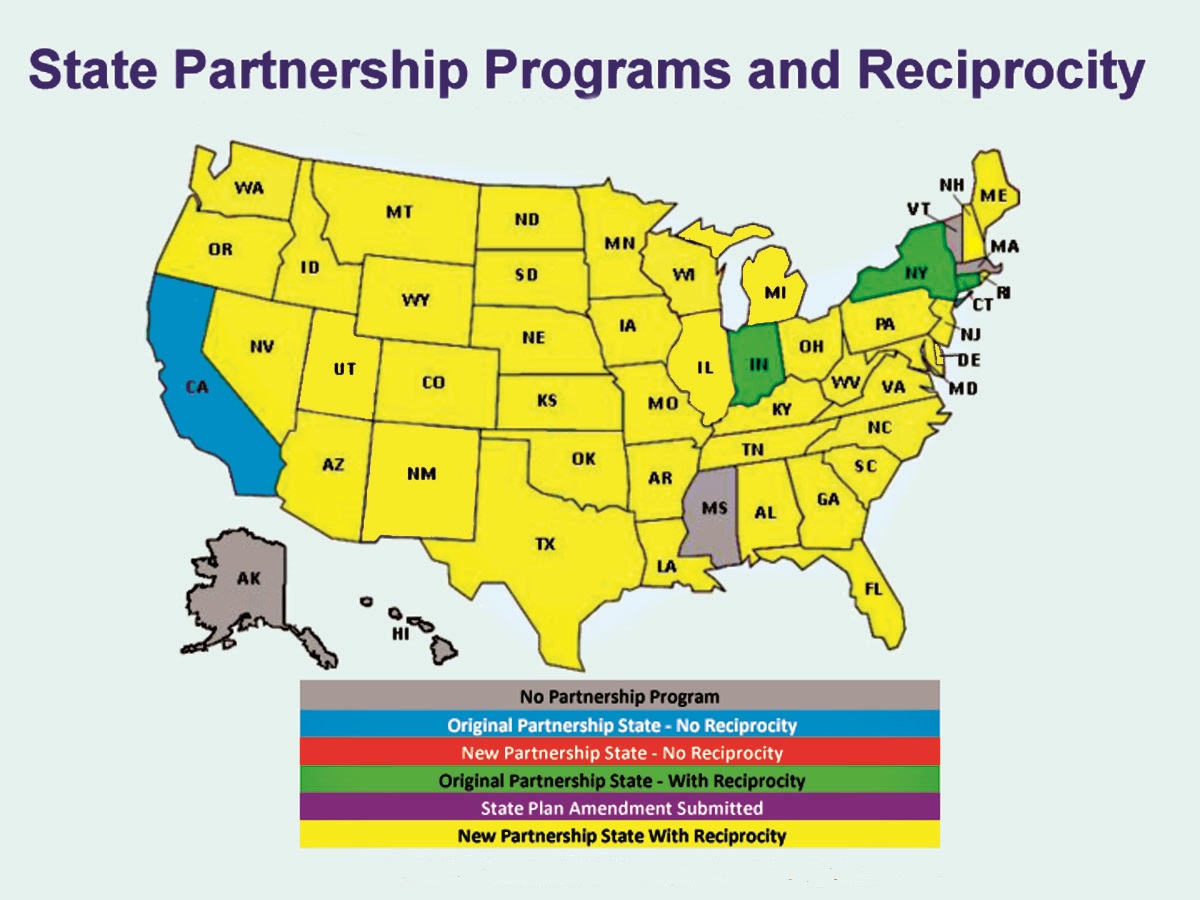Long-Term Care State Partnership Program Explained
The long-term care state partnership porogram is a partnership between state governments and private insurance. It was created to encourage Americans to plan for their long-term care (LTC) needs.
The passage of the Deficit Reduction Act of 2005 sent a message to Americans: paying for LTC is our responsibility. The Act made it more difficult to qualify for Medicaid- paid LTC and expanded the Partnership Program to other states, hoping that it would encourage Americans to buy private LTC insurance. In 2007, Partnership policies became available in Ohio.
When you buy a partnership qualified LTC insurance policy, the state will reward you by allowing you to protect assets (asset disregard) from Medicaid spend-down rules, providing dollar-for -dollar asset protection. For each dollar of benefits paid by the insurance company, one dollar of assets is not counted toward the eligibility limit. This means you can keep those assets and don’t have to spend them down before qualifying for Medicaid.
Example:
If you have a policy with $250,000 of benefits and you use all of that money on LTC, you can apply for Medicaid and if eligible, you get to keep $250,000 worth of assets over and above the state’s Medicaid asset threshold. In many states, the asset threshold is $2,000 for a single person and if you are married, it’s more generous.
Partnership policies must meet certain requirements that can differ a little from state to state. Most states require Partnership policies to be:
- Federally tax-qualified
- Offer comprehensive benefits that cover facility and home care
- Have inflation protection which allows your benefits to grow over time
- Specific consumer protections
Keep in mind, only traditional long term care insurance policies qualify for partnership asset disregard benefits, not hybrid long term care life insurance policies.
With a partnership policy, the state will not try to recover money spent for your care from your estate. Estate recovery is when the state can require repayment from your estate for any costs paid by Medicaid.
Only an irrevocable trust would be exempt from protecting assets, BUT it would still be subject to the 5 year look back period. In order to be exempt, assets must be transferred 5 years before you apply for Medicaid. The problem is we have no idea when we will need long term care, so this can be tricky.
Currently, most states have partnership programs. Most states also have reciprocity which means they will honor partnership policies from other partnership states when it comes to allowing asset protection when filing for Medicaid.
Example:
If you buy a policy when you live in Ohio, but then move to Florida in retirement, you’ll be able to have asset protection in Florida.
Note: New York State was one of the original Partnership states, but as of January 1, 2021, there are no insurance companies offering new Partnership qualified LTC insurance policies in NY. This does not affect current, active insureds who are Partnership qualified.

The Bottom Line
A long-term care insurance policy that is state partnership qualified is a great way to provide extra protection for families and estates. It can be very valuable, particularly for people with smaller estates.

